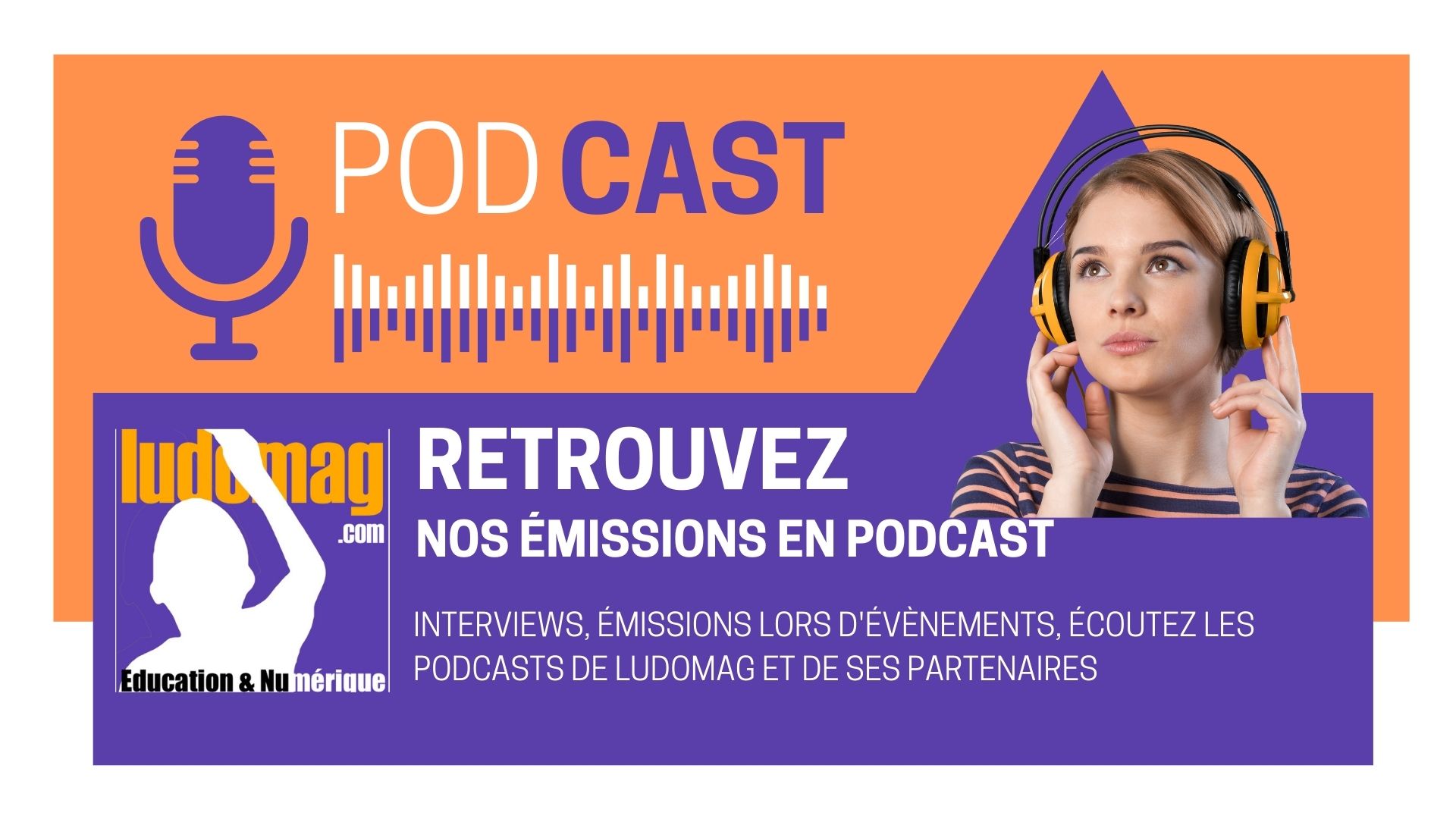With the current development of generative artificial intelligence, some students are tempted to delegate their assignments to tools like ChatGPT. But in ensuring their knowledge and the progress of their learning, is the challenge only to strengthen the fight against cheating? Shouldn’t we primarily invent new modes of evaluation?
At a time when generative AIs astonish us with their feats, how can we properly assess the knowledge of students? Does the emergence of the conversational robot ChatGPT disrupt evaluation practices? Are the challenges posed radically new, or is there, in the end, nothing really new under the sun of these evaluative judgments, such as grades and assessments?
The significant fact is that generative AIs are capable, from the instructions given to them, « prompts » of creating text, images, or even music. Machines are taking over what seems to be intrinsically human. Won’t they become capable of performing—and better than us—any human cognitive task?
The risk is that the “generative intelligence” tool will be used massively for cheating. If the knowledge targeted by educational actions is precisely in the realm of complex cognitive tasks, the temptation may be strong for some to have intelligent machines do what they are supposed to have learned during their training, such as writing a dissertation.
Clearly Identifying the Competencies to Assess
It is all evaluations conducted outside the strict conditions of exams, especially “at home,” that become suspicious. Of course, the remedies are quite obvious: impose mandatory evaluation periods in a “closed” setting; prohibit or, better, moderate or regulate the possible use of generative AI in exam situations.
However, this possibility of cheating, which is merely the modern version of the classic “having someone else do it” with identity theft, should not distract us from the central problem, which remains the same: how to allow the evaluated learner to “prove themselves,” meaning to provide authentic, convincing evidence of the reality of their learning?
As before the advent of ChatGPT, two conditions are required. The first condition is to have a clear idea of the educational objective pursued. In other words, one must be able to define, in operational terms, the skill or competence targeted by the educational action; and, consequently, by the assessment or the written exam, which aim to determine if the objective has been achieved.
It should be noted that it will not be enough to designate a body of knowledge, but it will be necessary to explain what the “possession” of that knowledge enables the student to do in a visible way. It must be specified what mastering this knowledge concretely enables one to perform: how can we clearly distinguish someone who possesses this knowledge from someone who does not?
The second condition, which goes hand in hand with the first, is to find “examination tasks” that impose a situation where one can precisely prove oneself. For example: simplifying fractions, constructing an argumentative text, writing a summary of a philosophical text. We then return to the obstacle of possible replacement by a generative AI: won’t it be able to, precisely, “prove myself,” on my behalf, if I let others believe that its work is mine?
Creating New Exercises with AI
Beyond the moral and regulatory issue, it is important to observe that this forces us to make an effort, in each case, to identify the central skill targeted in each cognitive task that could be the subject of school or university learning. One must therefore reason in terms of concretely operational abilities, in the realm of know-how.
These skills can be visible in students through the results they achieve (for example, knowing how to navigate a city with a map), and not in terms of contents that can be listed in a curriculum (such as knowing the list of prefectures). This may lead to distinguishing different levels of learning objectives and assessment situations, depending on the type of ability involved.
Instead of lamenting the (relatively) new possibilities for cheating, perhaps the most useful approach is to ask whether generative AIs might offer perspectives for significantly improving learning. By making intelligent use of the tool they represent, particularly in terms of content, illustrations, ideas for structuring lessons, or creating exercises.
For students, AI can help establish personalized learning, offering tailored resources, or involving interactive learning assistants.
Ultimately, by moving beyond the simple issue of evaluation, we can identify paths for pedagogy assisted by generative AI. One possible approach would be to empower individuals to master digital tools, which are, after all, just tools.
Another avenue would be to try to understand, in the process, how logical intelligence works; and, more broadly, how thinking is developed, by questioning, behind algorithmic problems and the workings of technical mechanisms, the truly ethical issues. This could be achieved by co-constructing tasks with students. Because the impact of generative AI, on evaluation as well as in general, will primarily depend on how it is used—well or poorly.
Charles Hadji, Honorary Professor (Education Sciences), University of Grenoble Alpes (UGA)
This article is republished from The Conversation under a Creative Commons license. Read the original article.








